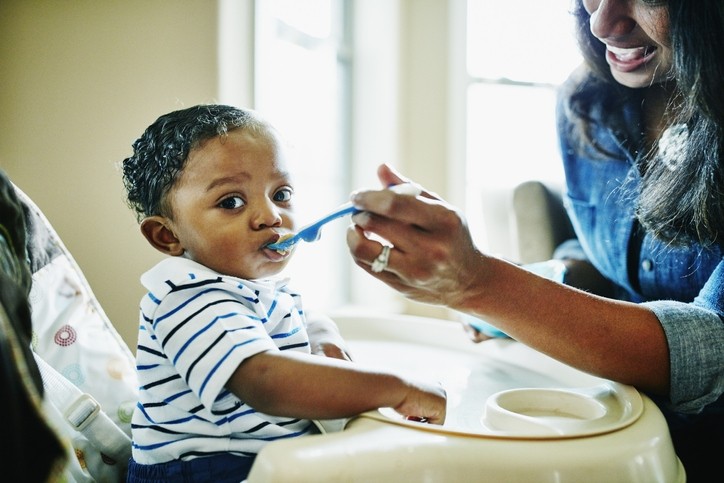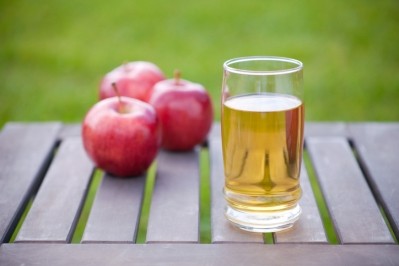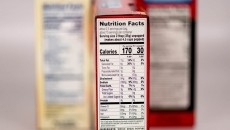FDA proposes lead limits in baby food – but do they go far enough and are they achievable?

FDA’s draft guidance, Action Levels for Lead in Food Intended for Babies and Young Children, lays out different limits for lead in foods and ingredients found in packaged food for children younger than 2 years old, based on typical consumption patterns and related exposure levels as well as achievability when lead reduction efforts are adopted.
“The proposed action levels … along with our continued work with our state and federal partners, and with industry and growers to identify mitigation strategies, will result in long-term, meaningful and sustainable reductions in the exposure to this contaminant from foods,” FDA Commissioner Robert Califf said in a statement.
“For babies and young children who eat the foods covered in today’s draft guidance, the FDA estimates that these action levels could result in as much as 24-27% reduction in exposure to lead from these foods,” he added.
Lead cap could drop further in future
According to the guidance, lead levels should not exceed:
- 10 parts per billion (ppb) for fruits, vegetables (excluding single-ingredient root vegetables), mixtures (including grain and meat-based mixtures), yogurts. custards/puddings and single-ingredient meats.
- 20 ppb for root vegetables (single ingredient).
- 20 ppb for dry cereals.
FDA notes in the guidance that these caps should reduce lead exposure from fruits, vegetables (excluding single-ingredient root vegetables), mixtures, yogurts, custards/puddings and single-ingredient meats by 26%.
The caps also should reduce exposure from root vegetables, which can absorb lead more readily from soil than other crops, by 27% and from dry infant cereals by 24%, according to the guidance.
“The FDA considers these action levels to be achievable when measures are taken to minimize the presence of lead,” such as peeling root vegetables, the agency notes. But it also it expects industry to “strive for continual reduction of this contaminant.”
These levels are also much lower than those proposed by the Baby Food Safety Act of 2021, which was introduced in the House and Senate, and proposed lead limits in of 5 ppb and 10 ppb for cereal. Those levels were criticized as unachievable and their basis questioned.
The agency, too, says it will strive for lower levels in the future as indicated by evolving science on health impacts, mitigation techniques and input from industry on achievability as part of its broader Closer to Zero initiative launched in 2021 to assess science-based ways to reduce children’s exposure to lead, arsenic, cadmium and mercury.
As part of this effort, an FDA appointed task force met earlier this week to begin assessing the levels and exposure risks of heavy metals in seafood on children’s development.
Other ongoing efforts are assessing exposure risks to children of other toxins in the food supply, which FDA says cannot be removed entirely from the food supply.
‘These proposed action levels don’t do enough to get us closer to zero’
While FDA says food consumed with these levels of lead are safe, some stakeholders disagree.
“These proposed action levels don’t do enough to get us closer to zero,” says Charlotte Brody, national director of Healthy Babies Brighter Futures, the group that authored the 2019 study of heavy metals in baby food prompted a congressional investigation into the issue and played a significant role in prompting FDA’s Closer to Zero initiative.
She explained that of the 1,000 baby foods the group tested only 16 would exceed FDA’s proposed limits and, therefore, would not affect 98% of the products marketed for babies.
“The action levels released by the FDA … for the most part put a rubber stamp on the status quo – signifying that the current levels of lead in baby food are ‘close enough,’” Brody added.
While HBBF lauded the new limit for sweet potatoes, which she often exceed the proposed 20 ppb limit, it lamented only “rare outlier samples” would be affected by the guidance.
Brody also called out a lack of proposed limits for puffs and teething biscuits, which she says account for seven of the 10 highest lead levels in the foods assessed by HBBF.
Next Steps
FDA promises to continue gathering data and collaborating with federal partners to establish scientifically-based interim reference levels for arsenic, cadmium and mercury in baby food and is considering comments submitted in the fall of 2021 on its Closer to Zero action plan.
It says it also plans to host a webinar, to be announced ‘shortly,’ on the draft guidance and answer questions.
Finally, FDA is accepting comments on the proposal through March 27.

















